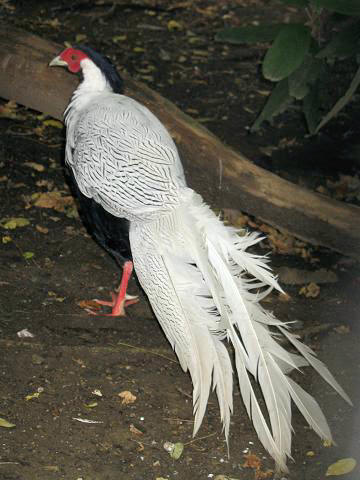Facts About Silver pheasant
The silver pheasant is a captivating bird native to the forests of mainland Southeast Asia and parts of China. Additionally, introduced populations can be found in regions such as Hawaii and the mainland United States. The males are particularly eye-catching with their striking black and white plumage, while the females exhibit a more subdued brown coloration. Both sexes, however, share the same red facial skin and legs.
These birds are highly popular in aviculture and are still commonly found in the wild, although some subspecies are becoming rare. Initially, Linnaeus classified them under the genus Phasianus, but they have since been reclassified under the genus Lophura. They are closely related to the kalij pheasant and are even capable of hybridizing with them.
There are 15 recognized subspecies of the silver pheasant, each with distinct plumage characteristics and geographic distributions. An interesting fact is that the so-called imperial pheasant is actually a natural hybrid between the silver pheasant and the Vietnamese pheasant.
Silver pheasants are large birds, with males featuring white or grey upperparts and tails, whereas females display distinct brown patterning. The species exhibits clear sexual dimorphism—males are not only larger but also more colorful than females.

 North Korea
North Korea